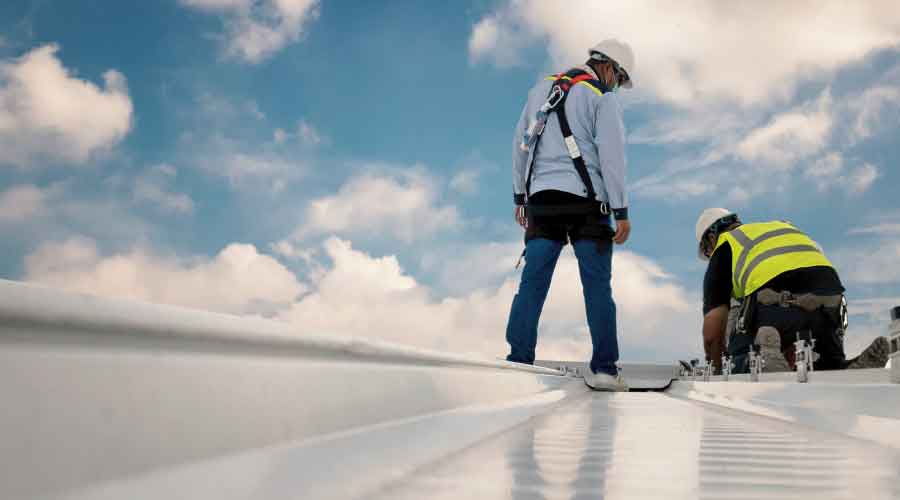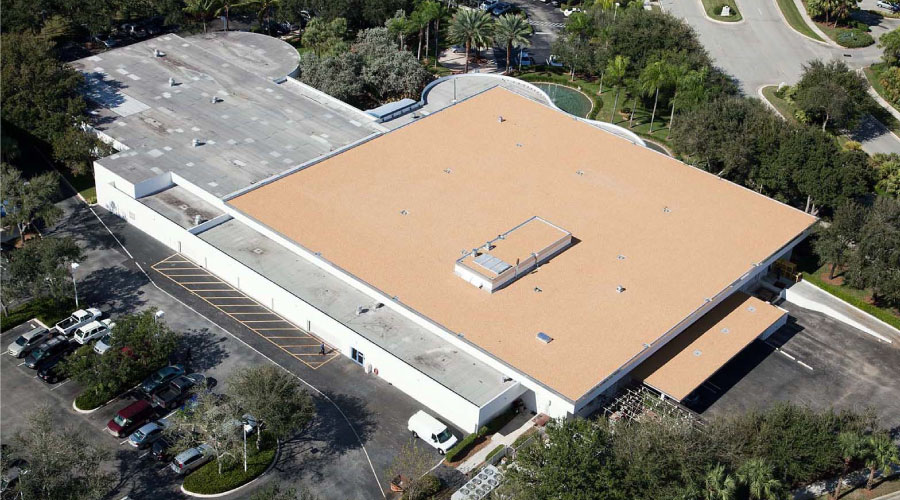Upgrading to a More Structured Roofing System
The UNI-Dome opened in 1976, with plans to host an array of sports events, university recreational programs, and community events.
"The building is used for athletics, concerts, sports camps, recreation, community events, craft shows, convocation, commencement, physical education, so there's a lot of variety," says Douglas Jensen, the university's associate director of facilities operations. "It's a multi-use facility."
The dome also featured one unique feature: an inflatable roof. A 1998 storm damaged that roof, which led the university to install a more structured roofing system — a stainless steel, standing seam roofing system, Mirchich says. That roof presented problems throughout its life for the university's physical plant managers and staff.
"Once we put the standing-seam sheet metal on, it got turned over to me to try to keep it watertight," says Mike Zwanziger, manager of maintenance and operations. "I was working with the local vendor, and every year we'd go up and inspect it. We'd get a report from the UNI-Dome staff about where the leaks were, over what seats, what areas. We were spending, on average, $25,000 a year in an attempt to keep it watertight, and then we'd chase some of these other little leaks throughout the year."
But the roof was not simply creating challenges for front-line workers who had to chase the leaks.
"We didn't spend a lot of trade man-hours on (roof repairs), but administratively, we spent a lot of time every year trying to trace what was done and what the problems were," Zwanziger says. "It's definitely nice not getting all those calls."
The damage from the 2009 storm was something of a tipping point in the life of the stainless steel standing-seam roof.
"Afterwards, when we went up to do an inspection, it looked like someone had taken a baseball bat to the roof, and we had a lot of open seams," Zwanziger says. "At that point, we were able to convince everybody we needed a single-ply roof on it to keep it watertight."
Related Topics:













